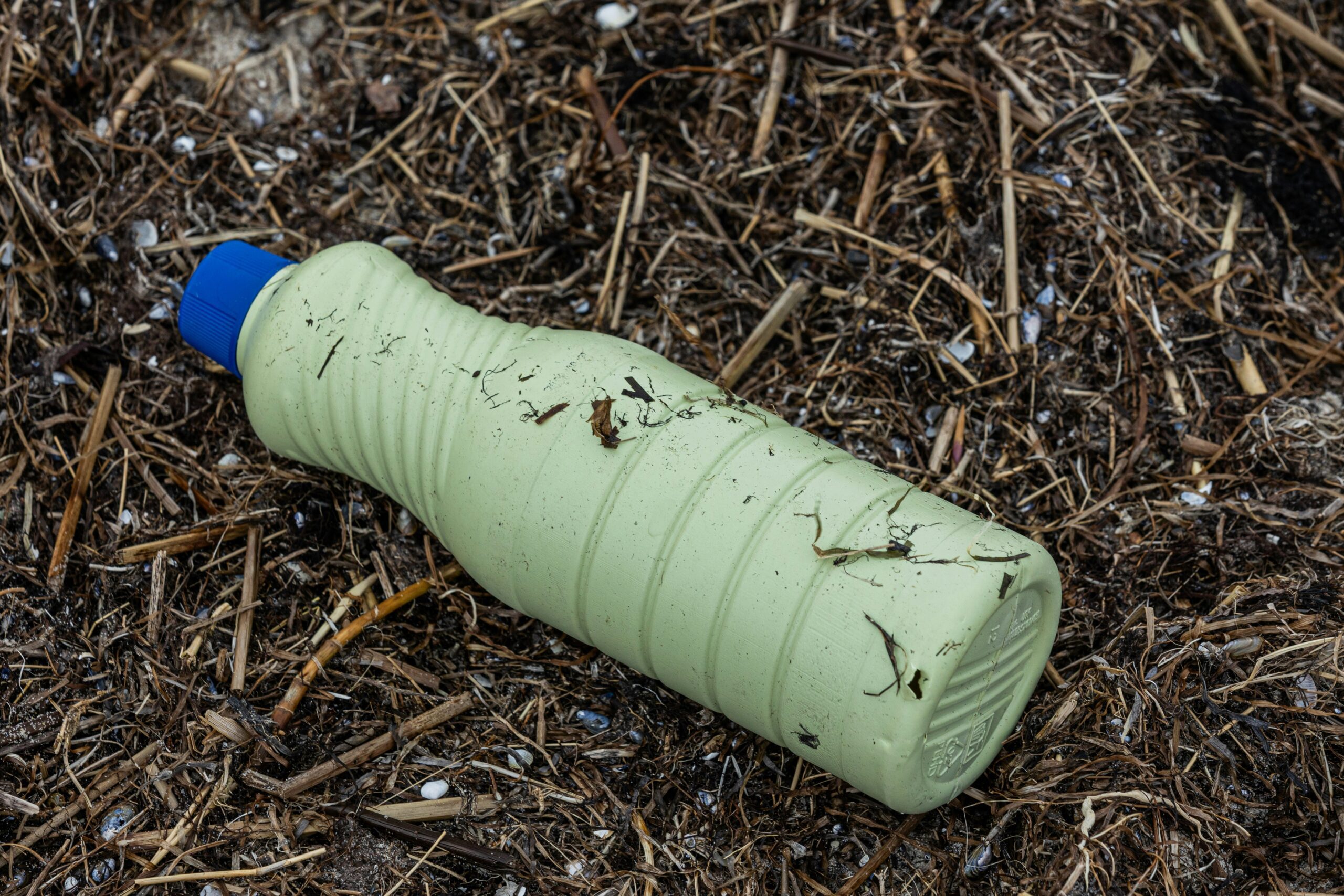Have you ever wondered about the safety and quality of the water you drink every day? The issue of water quality has taken center stage, particularly with recent reports about PFAS contamination. Wausau, a city in Wisconsin, has found itself in the spotlight due to concerns about PFAS levels in its water wells. In this article, we will explore what PFAS are, how they affect your health, what recent findings in Wausau mean, and broader implications for water safety.
Understanding PFAS: The Basics
To understand why PFAS contamination is a concern, it helps to know what PFAS are. Per- and polyfluoroalkyl substances (PFAS) are a group of man-made chemicals used in a variety of industrial applications and consumer products. Think of water-resistant clothing, non-stick cookware, and even some firefighting foams. These compounds are known for their durability, which unfortunately translates to persistence in the environment.
The Problem with PFAS
The persistence of PFAS means they don’t easily break down, leading them to be termed “forever chemicals.” This results in their accumulation in the environment and, eventually, in living organisms. PFAS have been linked to health issues such as hormonal disruptions, cancer, liver damage, and impaired immune function.

PFAS Levels in Wausau
Recent water tests in Wausau have revealed troubling results: PFAS levels exceeding the standards set by Wisconsin. This news is a cause for concern, both for local residents and environmental agencies. But what do these findings mean, and what should you know about the potential risks?
Impact of the Test Results
The detection of elevated PFAS levels in Wausau’s water wells has immediate implications for residents’ health and safety. Local authorities might recommend alternatives or even temporary solutions to ensure safe drinking water. Additionally, these findings might prompt a reevaluation of public health policies and water treatment solutions.

The Broader Context of PFAS Contamination
While Wausau’s situation is concerning, it’s not unique. Across the United States, and indeed the world, communities are grappling with similar issues related to PFAS contamination. Understanding the broader context can help you appreciate the scale of this problem and why it’s so important to address.
PFAS in the United States
An increasing number of water wells across the U.S. are being tested and found to have unsafe PFAS levels. States like Michigan and New Jersey have reported similar findings, prompting calls for nationwide regulatory reforms.
The Environmental and Health Implications
The implications of PFAS contamination are far-reaching. Persistent exposure to these chemicals can lead to bioaccumulation in animal and human tissue, with the potential for serious health effects. From fish in local rivers to milk from nearby cows, PFAS can enter the food chain, emphasizing the need for comprehensive testing and regulation.

Addressing PFAS Contamination
Solving the PFAS problem is complex, but efforts are underway at various levels. Understanding these efforts can be reassuring and empowering, offering hope for future solutions.
Policy and Regulation
Many states are implementing policies to regulate and reduce PFAS usage and emissions. Some have set their water quality standards that are stricter than federal guidelines. Advocacy groups are also pushing for a national response that would set a comprehensive federal PFAS policy.
Technological and Engineering Solutions
Innovations in water treatment technologies are being explored to mitigate PFAS contamination. Techniques such as activated carbon filtering and reverse osmosis have shown promise in reducing PFAS levels in drinking water. These technologies, however, require significant investment and infrastructure upgrades.

What You Can Do
While large-scale changes require governmental and industrial intervention, there are steps you can take in your day-to-day life to minimize PFAS exposure, especially if you’re in an area affected by contaminated water wells.
Stay Informed and Advocate
Keeping informed about local water quality reports and advocating for more rigorous testing and policy changes can contribute toward safer community practices. Engage in conversations about PFAS and support local measures aimed at addressing water safety.
Personal Measures
Consider using home water filtration systems certified to reduce PFAS levels. Be mindful of the consumer products you purchase, opting for brands that disclose environmental impact and avoid PFAS.

Conclusion: A Call to Action
The situation in Wausau serves as a cautionary tale about the omnipresence and persistence of PFAS chemicals. It calls for concerted efforts from individuals, communities, and governments alike. By understanding the scope of the issue and actively engaging in solutions, you can make a difference in the fight for clean and safe drinking water.
These issues exemplify the ongoing challenge of environmental pollution and its impact on public health. Staying informed and proactive isn’t just important; it’s vital for ensuring that future generations inherit a safer, cleaner world.
